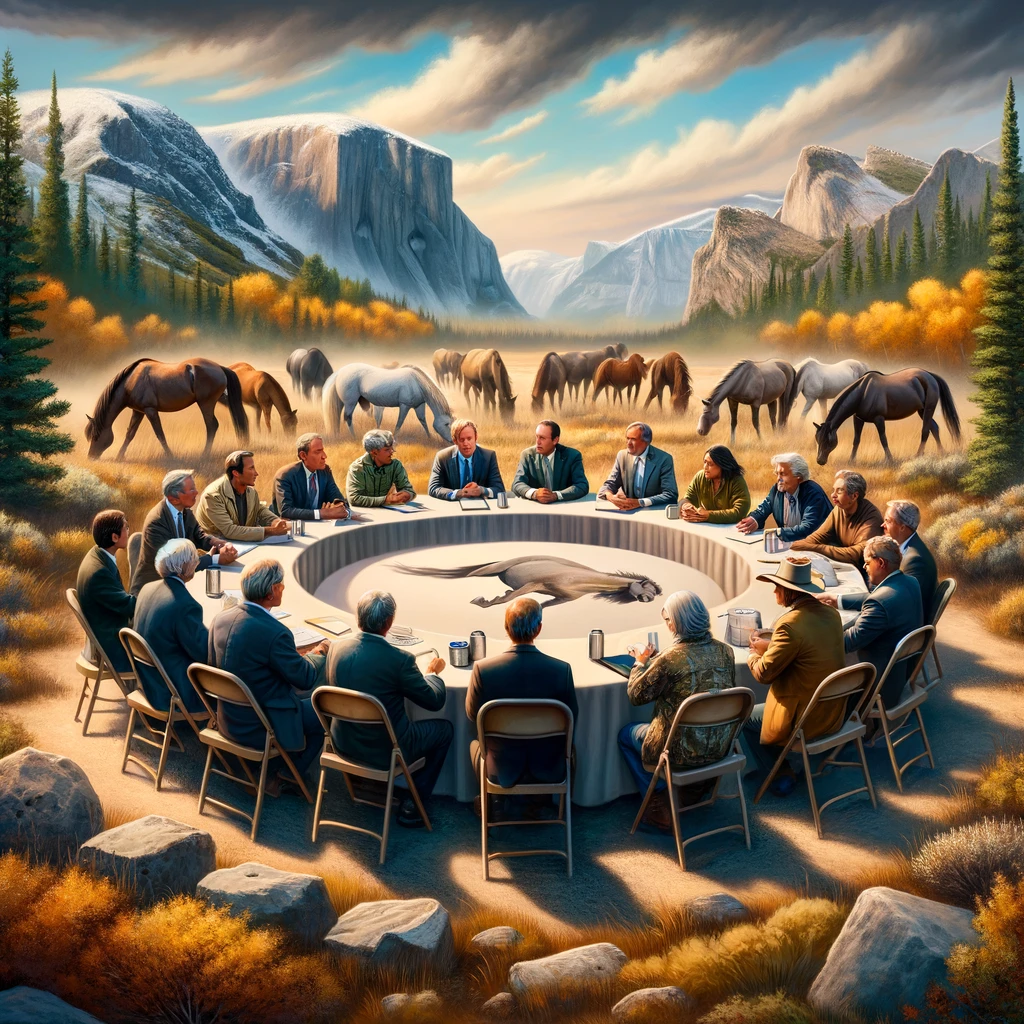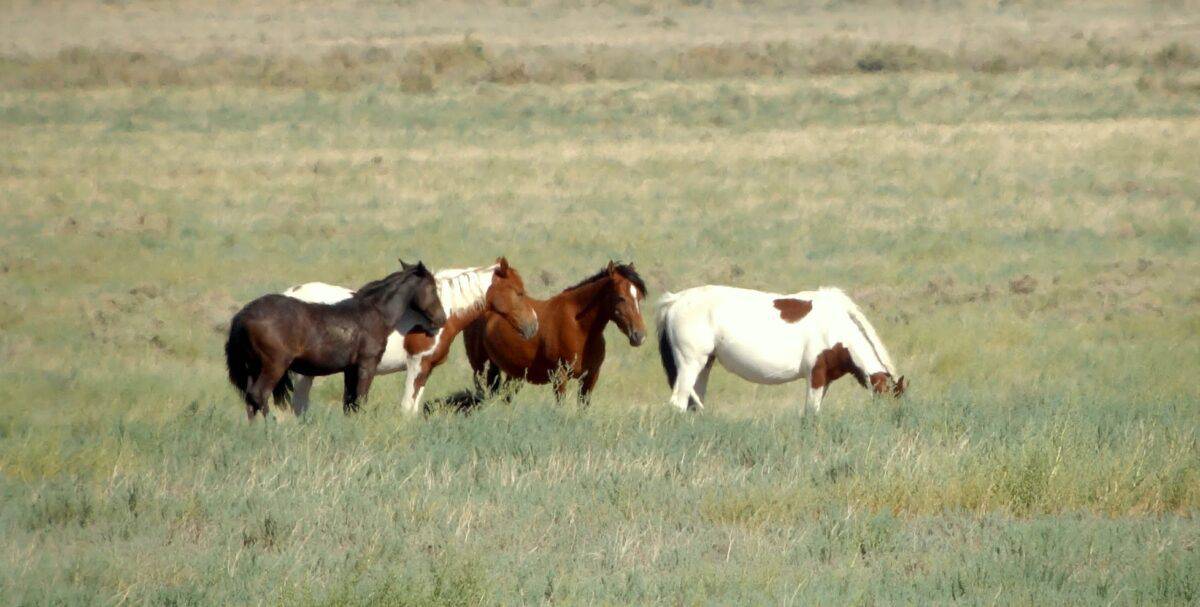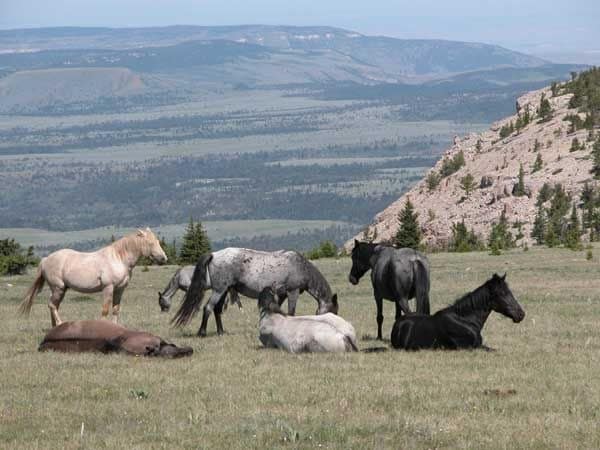The management of wild horses in the western United States embodies a complex and contentious issue that sits at the intersection of conservation, land use, animal rights, and agricultural interests. The image of wild horses running free across the vast landscapes of the American West is iconic, symbolizing unbridled freedom and a connection to the untamed wilderness that once dominated the region. However, the reality of managing these populations reveals a multifaceted debate over how best to balance ecological health, humane treatment of animals, and the demands of land use by human activities.
The Challenge of Sustainable Populations

Central to the controversy is the question of how to maintain sustainable populations of wild horses. The Bureau of Land Management (BLM), the federal agency charged with overseeing these herds, estimates that the number of wild horses and burros on public lands far exceeds what is ecologically sustainable. Overpopulation leads to degraded habitats not only for the horses but also for other wildlife, resulting in loss of biodiversity and ecosystem health. In response, the BLM has implemented roundups and adoption programs to control populations, but these measures have been met with criticism from animal rights activists who argue that they are inhumane and disrupt natural social structures within the herds.
Competing Land Use Interests

The debates also extend into the realm of land use and resource allocation. The western U.S. is a patchwork of competing interests, including ranching, mining, recreation, and conservation. Grazing rights on public lands are a particular point of contention, with ranchers arguing that overabundant horse populations consume valuable forage that could support livestock, impacting the agricultural economy. Conversely, conservationists and some members of the public view wild horses as rightful inhabitants of these lands, deserving of protection and prioritization over commercial uses.
Population Control Debates

Population control methods themselves are a subject of ongoing debate. Proposals range from fertility control vaccines, which aim to humanely reduce birth rates within herds, to more controversial methods like slaughter. The latter is vehemently opposed by many animal welfare groups and the public, leading to legislative protections for wild horses that make euthanasia and sale for commercial processing difficult.
Towards a Balanced Approach

Efforts to find a middle ground focus on science-based management strategies that consider the welfare of the horses, the health of the ecosystems, and the needs of human stakeholders. Collaborative approaches, involving government agencies, wildlife biologists, conservationists, and local communities, aim to develop and implement management plans that are both humane and ecologically sound.
Conclusion

The controversy surrounding the management of wild horses in the western U.S. underscores a broader challenge: how to balance human interests with the imperatives of wildlife conservation and animal welfare. It is a microcosm of global debates on environmental stewardship, reflecting the complexities of managing natural resources in a way that respects both the needs of the present and the rights of future generations to inherit a healthy, biodiverse planet.

Up next:

A Devastating Impact: Canada’s Wild Horses Destroy Biodiversity
Are There Still Wild Horses in America?
The History of American Horses
Join our Forum for free today!

- The Kleptomaniac Cat That Rules Houston - July 20, 2024
- Elephant Makes a Lifelong Friend at Sanctuary in Tennessee - July 14, 2024
- Evidence For World’s Oldest Fossilized Forest Discovered in New York - July 11, 2024

